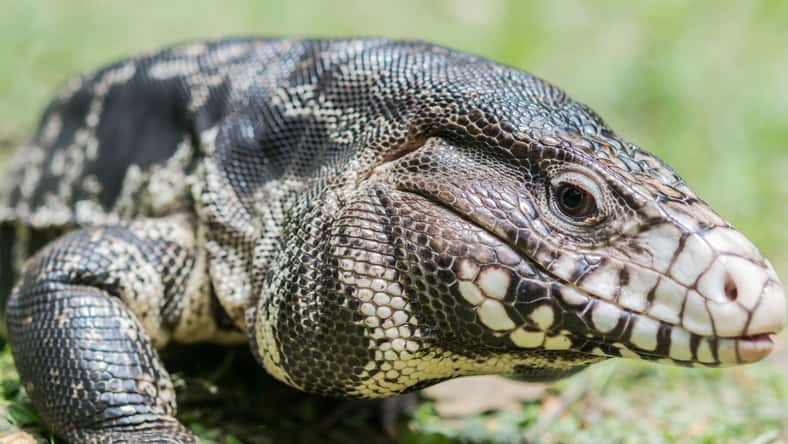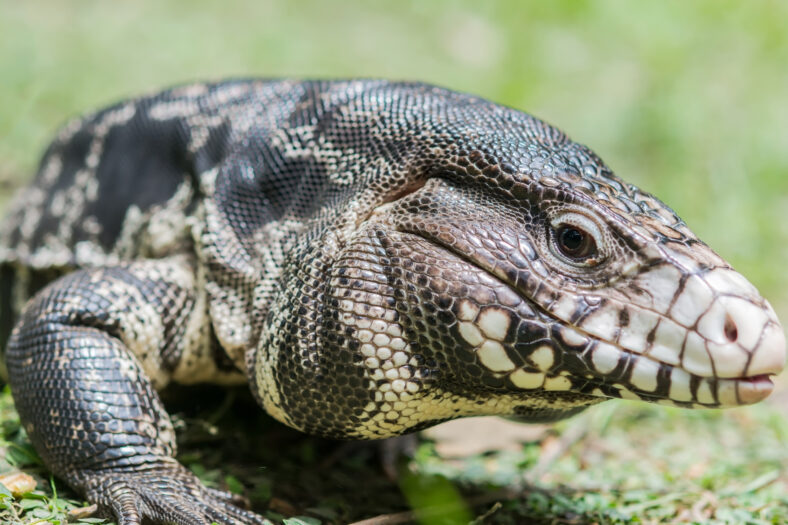A Lizard Fossil Found In A Museum Turned Out To Be From A Previously Unknown And Extinct Species

For years, scientists could not figure out what creature that a fossil stored at the Florida Museum of Natural History belonged to.
It was quite the puzzle! But now, the mysterious vertebra is thought to be from a previously unknown and extinct species of lizard called a tegu.
Today, tegus are invasive in Florida, having been introduced from South America. However, the discovery indicates that a similar prehistoric reptile lived in the area we know as Florida. Researchers named the creature Wautaugategu formidusi.
The fossil was initially unearthed in the early 2000s near a forest named “Wautauga,” hence its name. It was discovered by workers at the Gragg Mine right before it closed down. The mine was located in southwest Georgia, very close to the northern Florida border.
Meanwhile, “formidus” is the Latin word for “warm,” hinting at the Middle Miocene Climatic Optimum, the warm period in which the lizard lived between 15 million and 17 million years ago. At that time, the sea levels were higher than they are now, so most of Florida was underwater.
The prehistoric coastline could have been in north Florida, near where the fossil was found. Modern tegus are strong swimmers, so W. formidusi may have swum from South America to the southeastern United States.
But temperatures began to drop after the warm period came to an end. The cold-blooded W. formidusi likely struggled to reproduce, and the species died out eventually.
“We don’t have any record of these lizards before that event, and we don’t have any records of them after that event,” said Jason Bourque, a fossil preparator at the Florida Museum’s vertebrate paleontology division. “It seems they were here just for a blip, during that really warm period.”
W. formidusi probably only stayed in North America briefly, based on the lack of fossils. Perhaps more can be uncovered at the Florida-Georgia border.

Sign up for Chip Chick’s newsletter and get stories like this delivered to your inbox.
Tegus are terrestrial lizards that come from South America. About three decades ago, exotic pet traders started bringing Argentine black and white tegus (Salvator merianae) to the United States.
Eventually, the lizards escaped or were released into the wild. They managed to establish breeding populations and quickly increased in number.
These lizards can grow to almost five feet in length and weigh up to 10 pounds. They wreak havoc on the Florida ecosystem because they devour the eggs and hatchlings of many native creatures, including ones that are endangered.
They are now considered an invasive species in Florida. Since 2021, it has been illegal to own, breed, or sell Argentine black and white tegus.
Overall, the new findings suggest that tegus have lived in Florida once before, millions of years ago. It is unclear how or if the two species are related.
The study was published in the Journal of Paleontology.
More About:News